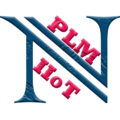Future-Proofing Manufacturing: The PLM Blueprint presents a comprehensive guide, covering the A-Z of Product Lifecycle Management (PLM), to empower manufacturers in navigating the dynamic landscape.
- Introduction
- Understanding Product Lifecycle Management
- The Stages of Product Lifecycle
- Essential Features of a PLM System
- Selecting the Right PLM Solution
- Implementing PLM Successfully
- Driving Innovation with PLM
- Collaboration Across the Ecosystem
- Ensuring Data Security and Compliance
- Realizing Sustainability through PLM
- Industry Transformations with PLM
- Future Trends in PLM
- Challenges and Overcoming Roadblocks
- Conclusion
- Elevate Your Manufacturing Journey with Neel SMARTEC
- Why Choose Neel SMARTEC
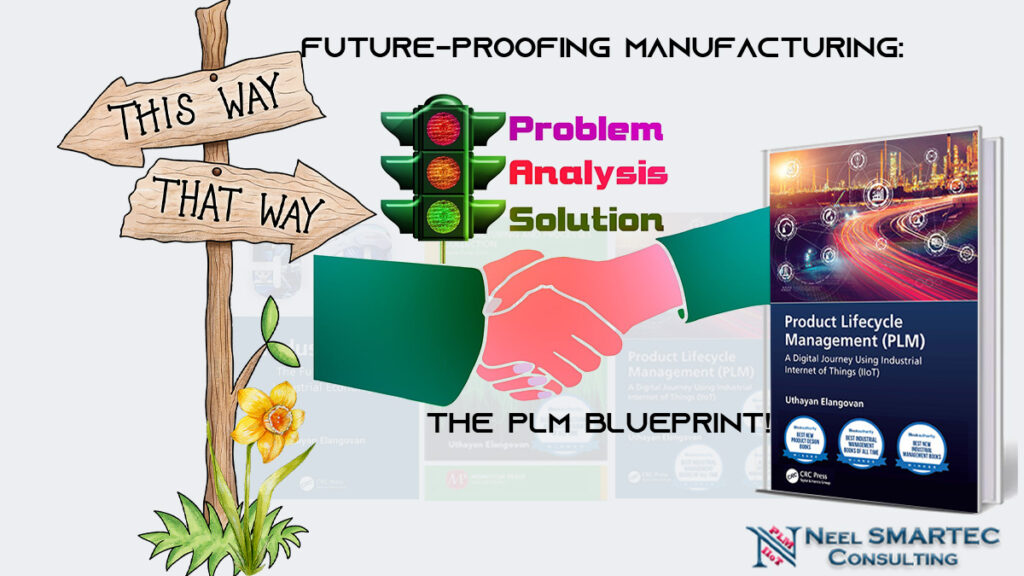
Introduction
In today’s rapidly advancing manufacturing landscape, maintaining competitiveness requires more than just producing high-quality products. It demands a planned approach to managing the entire product lifecycle, from ideation to retirement. Enter Product Lifecycle Management (PLM), a transformative solution empowering manufacturer to streamline processes, enhance collaboration, and drive innovation. This comprehensive guide delves into every aspect of PLM, equipping manufacturers with insights to harness its full potential.
Understanding Product Lifecycle Management
Defining PLM and its Significance: Product Lifecycle Management (PLM) is the systematic approach to managing a product’s lifecycle, from concept and design through manufacturing, distribution, service, and eventual end-of-life. It involves coordinating people, processes, business systems, and information throughout the product’s journey.
Key Objectives and Benefits: Implementing PLM aims to enhance collaboration, streamline processes, accelerate time-to-market, improve product quality, and reduce costs. PLM also fosters innovation by providing a centralized platform for cross-functional teams to collaborate seamlessly.
Components of the PLM Framework: The PLM framework comprises various components, including data management, process automation, collaboration tools, and analytics. These components synergize to support different stages of the product lifecycle.
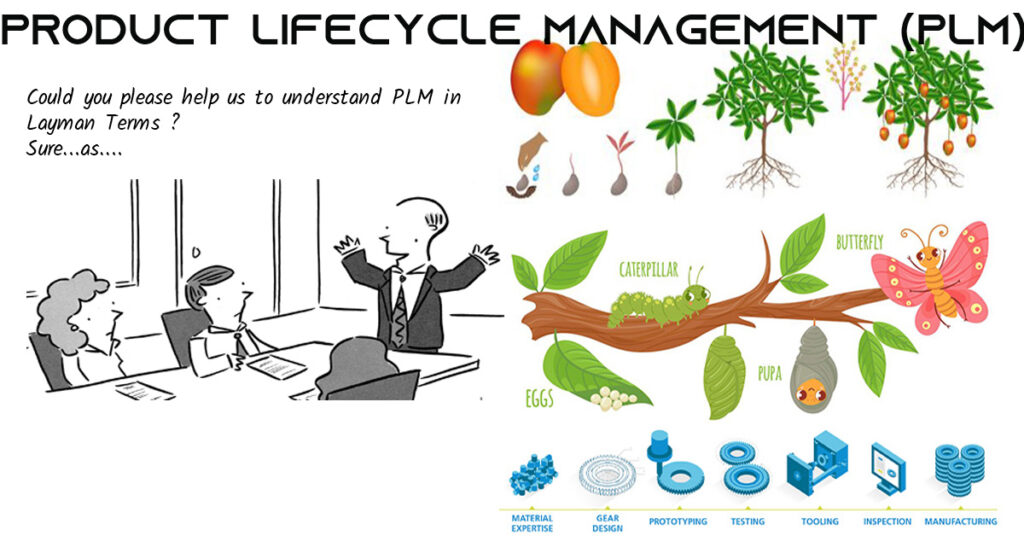
PLM, or Product Lifecycle Management, is like a virtual caretaker for things that companies create, such as products of any kind. Imagine designing a new smartphone. PLM helps manage every step of its life, from the initial idea to making, testing, selling, and even when it needs updates or improvements. It keeps track of all the details, documents, and changes, ensuring everyone involved in creating the smartphone is on the same page. It’s like a helpful organizer that ensures everything runs smoothly throughout the entire life of the product.
The Stages of Product Lifecycle
Concept and Ideation: This stage involves generating and refining product ideas, conducting feasibility studies, and market research to identify potential opportunities and concepts.
Design and Development: During this phase, product concepts transform into detailed designs. CAD software and 3D visualization tools play a pivotal role in visualizing and refining the product design.
Manufacturing and Production: The design manifests into a physical product at this stage. PLM assists in managing manufacturing processes, materials sourcing, and production scheduling.
Distribution and Supply Chain: PLM supports supply chain management, ensuring efficient distribution, inventory management, and collaboration with suppliers.
Service and Maintenance: After product sale, PLM aids in tracking maintenance schedules, managing spare parts, and providing customer support.
End of Life and Disposal: PLM manages the product’s end-of-life processes, including recycling, disposal, and compliance with environmental regulations.

Throughout these stages, PLM helps coordinate activities, manage documentation, and ensure smooth communication among teams, leading to a more efficient and successful product lifecycle.
Essential Features of a PLM System
CAD Integration and 3D Visualization: Seamless integration with Computer-Aided Design (CAD) tools facilitates accurate visualization and collaboration during the design phase.
Bill of Materials (BOM) Management: Effective BOM management ensures accurate product structures, facilitating efficient manufacturing and sourcing.
Change Management and Version Control: PLM tracks changes and revisions across the product lifecycle, ensuring teams work with the latest and accurate information.
Document Management: Centralized document repositories store design documents, specifications, and critical information for easy access and sharing.
Collaboration and Workflow Automation: PLM systems enable real-time collaboration between teams, automating workflows and approvals for smoother processes.
Requirements Management: Managing and tracing product requirements helps maintain alignment between design, development, and customer needs.
Selecting the Right PLM Solution
Assessing Organizational Needs and Goals: Identify specific pain points and objectives before selecting a PLM system to ensure alignment with business goals.
On-premise vs. Cloud-based PLM Systems: Choose between on-premise and cloud-based solutions based on factors such as security, scalability, and budget.
Customization and Scalability: Select a system customizable to match your workflow that can scale as your organization grows.
Integration with Existing Enterprise Systems: Ensure compatibility and integration with other enterprise systems like ERP, CRM, and MES for seamless data flow.
Implementing PLM Successfully
Building a Cross-functional Implementation Team: Involve representatives from various departments to ensure the PLM system meets the needs of all stakeholders.
Defining Clear Workflows and Processes: Map out workflows and processes to optimize the use of the PLM system, avoiding redundancies and bottlenecks.
Training and Change Management Strategies: Provide comprehensive training to users and implement change management strategies to ease the transition to the new system.
Measuring and Optimizing ROI: Regularly assess the impact of the PLM system on key performance indicators and make necessary adjustments for optimal ROI.
Driving Innovation with PLM
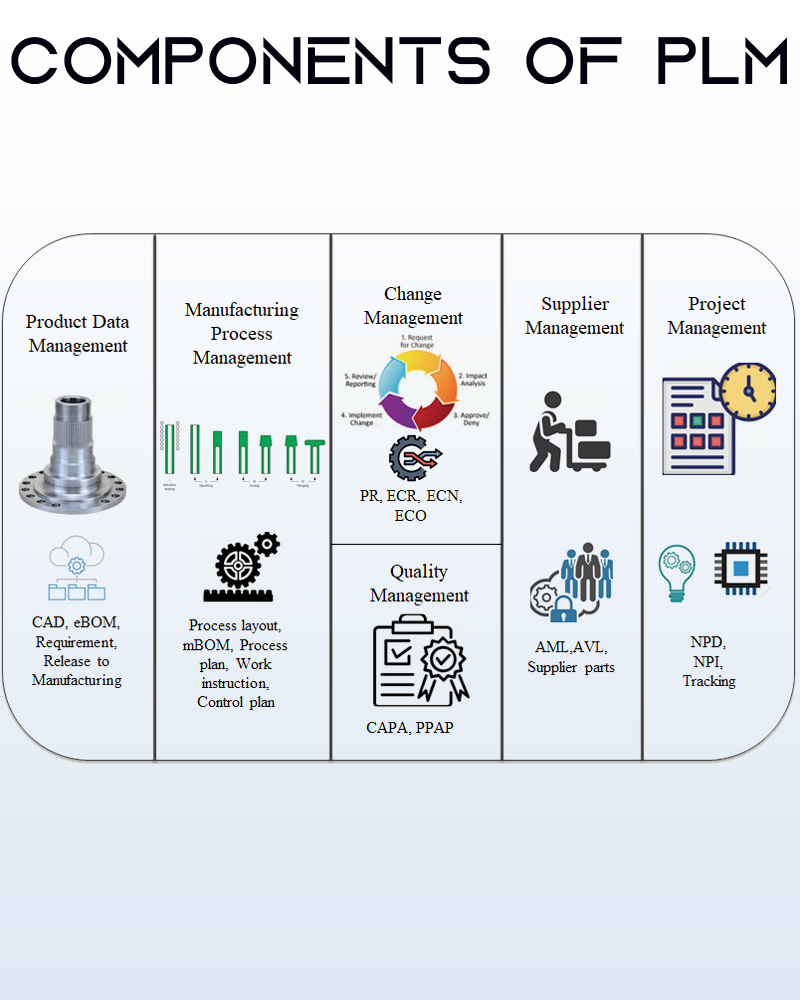
Enabling Concurrent Engineering: PLM facilitates collaboration among multiple teams working simultaneously on different aspects of product development, reducing time-to-market.
Managing Intellectual Property (IP): Protecting and managing intellectual property rights and data becomes easier with a centralized PLM system.
Leveraging IoT and Big Data for Insights: Integrating IoT devices and sensors provides real-time data insights, enabling predictive maintenance and improved decision-making.
Integrating AI and Machine Learning: AI and machine learning technologies can enhance design optimization, supply chain predictions, and quality control.
Collaboration Across the Ecosystem
Supplier Collaboration and Procurement: PLM enables better coordination with suppliers, streamlining procurement processes and ensuring timely material availability.
Customer Engagement and Feedback Integration: Manufacturers can gather customer feedback directly through PLM, leading to product enhancements and better customer satisfaction.
Regulatory Compliance and Quality Control: PLM helps manage regulatory compliance by ensuring adherence to industry standards and quality control processes.
Global Collaboration in a Digital World: Geographically dispersed teams can collaborate seamlessly through PLM, reducing communication gaps and enhancing global teamwork.
Ensuring Data Security and Compliance
Protecting Sensitive Product Data: Robust security features in PLM systems ensure that sensitive product data remains confidential and is accessible only to authorized personnel.
Meeting Industry-Specific Compliance Standards: Different industries have varying compliance requirements; PLM helps manage and ensure adherence to these regulations.
Cybersecurity Measures for PLM Systems: With increasing cyber threats, PLM systems implement security protocols to safeguard against data breaches and cyber attacks.
Data Governance and Access Control: PLM enforces data governance policies to manage data integrity, availability, and access rights.
Realizing Sustainability through PLM
Designing for Sustainability: PLM assists in designing products with sustainable materials, energy efficiency, and reduced environmental impact.
Carbon Footprint Reduction with PLM: Manufacturers can track and minimize carbon footprints by optimizing supply chains and production processes through PLM.
Recycling and Circular Economy Initiatives: PLM supports the implementation of recycling programs and circular economy practices by managing product recovery and recycling processes.
Tracking and Reporting Environmental Impact: PLM systems allow for monitoring and reporting of environmental impacts, supporting transparency and compliance with environmental regulations.
Industry Transformations with PLM
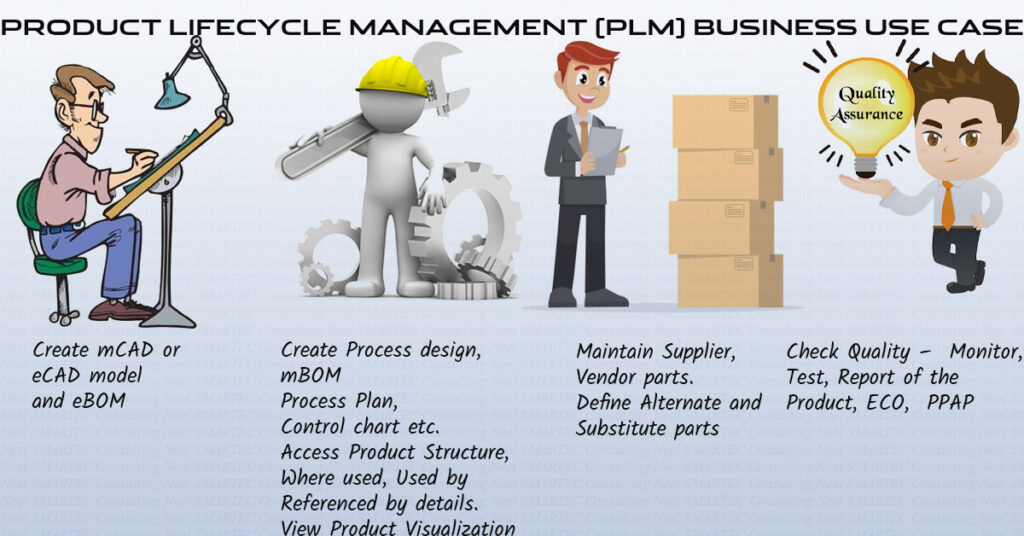
Future Trends in PLM
Digital Twins for Predictive Insights: Digital twins, virtual representations of physical products, enable manufacturers to predict product behavior, perform simulations, and optimize designs.
Virtual Reality (VR) and Augmented Reality (AR) Applications: VR and AR are integrated into PLM to enhance design reviews, training, and maintenance procedures.
Blockchain for Enhanced Traceability: Blockchain technology ensures secure, transparent, and tamper-proof tracking of products, materials, and transactions.
Continued Integration of AI and Automation: AI-driven analytics and automation will further enhance decision-making, resource allocation, and predictive maintenance.
Challenges and Overcoming Roadblocks
Resistance to Change within the Organization: Implementing PLM requires cultural change; effective communication and change management strategies are essential.
Integration Complexities with Legacy Systems: Integrating PLM with existing legacy systems can be challenging; careful planning and collaboration between IT and engineering teams are necessary.
Managing Large Volumes of Data Effectively: The influx of data from various sources can be overwhelming; data management strategies, including categorization and indexing, are crucial.
Balancing Customization and Out-of-the-Box Features: Striking a balance between tailoring the PLM system to specific needs and leveraging out-of-the-box features can be a delicate process.
Conclusion
In today’s fast-paced manufacturing landscape, Product Lifecycle Management emerges as a transformative force, guiding manufacturers from idea to retirement. This comprehensive guide has explored every facet of PLM, from its definition and significance to its implementation, benefits, and challenges. By embracing PLM, manufacturers can enhance collaboration, drive innovation, ensure compliance, and contribute to a more sustainable future. As industries continue to evolve, PLM stands as a cornerstone for achieving manufacturing excellence and remaining competitive on a global scale.
Elevate Your Manufacturing Journey with Neel SMARTEC
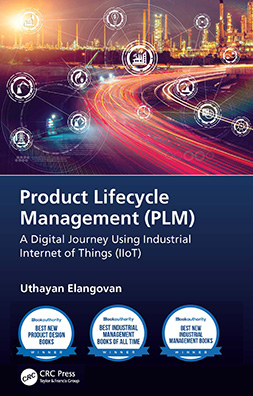
Embark on a thrilling digital journey through the realms of Product Lifecycle Management (PLM) and Industrial Internet of Things (IIoT) with our acclaimed book, recognized as one of the “Best Industrial Management Books of All Times” and awarded the prestigious “2020 Taylor & Francis Award Winner for Outstanding Professional Book“!
Are you ready to revolutionize your manufacturing processes, accelerate innovation, and create products that shape the future? Neel SMARTEC Consulting invites you to embark on a transformative journey with us. Our expertise in Product Lifecycle Management is your gateway to unlocking unprecedented success.
Experience seamless collaboration, streamlined workflows, and unparalleled efficiency as we guide you through every step of the product lifecycle. From ideation to end-of-life management, Neel SMARTEC empowers you to drive innovation, ensure compliance, and achieve sustainability goals.
Why Choose Neel SMARTEC
Expertise that Matters: With years of experience in PLM consultancy, we understand the unique challenges of the manufacturing world. Our team of seasoned professionals will tailor solutions to your exact needs.
Comprehensive Solutions: Our holistic approach covers every aspect of PLM, from system selection to implementation, training, and ongoing support. We don’t just offer PLM consulting; we provide a roadmap to success.
Innovation at the Core: Harness the power of cutting-edge technologies like AI, IoT, and blockchain, and witness how they transform your products and processes for the better.
Global Collaborations: In an interconnected world, we help you bridge distances through seamless global collaboration, ensuring your teams work cohesively regardless of their location.
Sustainability Focus: We share your commitment to a sustainable future. Neel SMARTEC integrates sustainability practices into every phase of the product lifecycle, minimizing environmental impact.
Join us at Neel SMARTEC and revolutionize the way you create, innovate, and thrive in the competitive manufacturing landscape. Your success is our mission, and together, we’ll redefine what’s possible.
Ready to take your SME’s product lifecycle management to the next level with OpenBOM? Or looking to streamline your discrete manufacturing processes with Windchill? Get in touch with us today to embark on your journey to manufacturing excellence. Contact us at contact@neelsmartec.com / +1(818)276-6872 / +91(9538047356). Let’s build the future, smarter and stronger, with Neel SMARTEC by your side.


